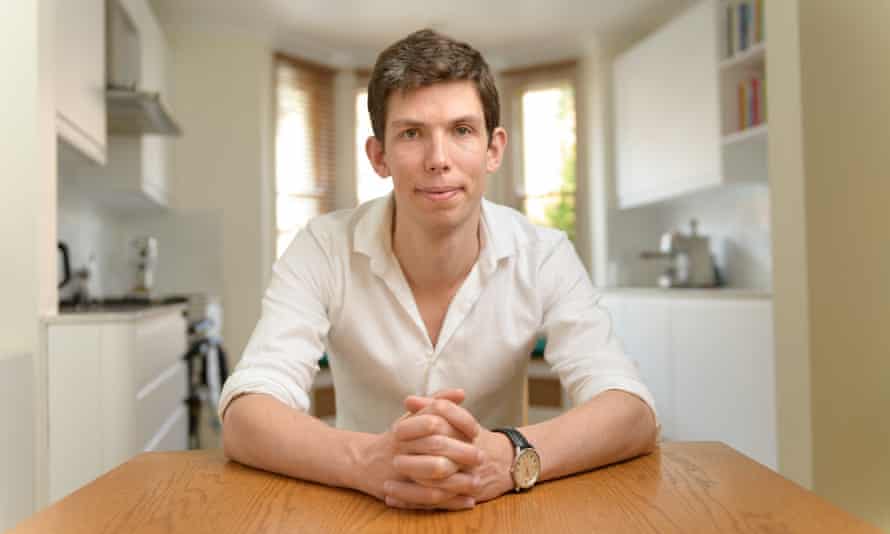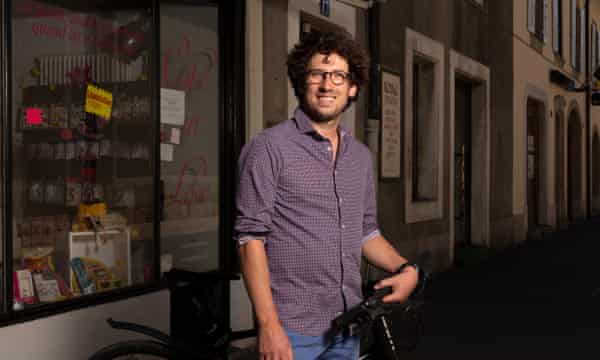Fields medal: Kyiv-born professor and Oxford expert among winners
A Ukrainian mathematician who proved the best way to pack spheres in eight dimensions to take up the least space, and an Oxford expert who has solved conundrums in the spacing of prime numbers, are among the winners of the Fields medal, considered the equivalent of a Nobel prize for mathematics.
The winners of the prize, presented at the International Mathematical Union awards ceremony in Helsinki, have been announced as Prof James Maynard 37, from Oxford University, Prof Maryna Viazovska, 37, of the École polytechnique fédérale de Lausanne, Hugo Duminil-Copin, 36, of the University of Geneva and Institut des Hautes Études Scientifiques, and June Huh, 39, of Princeton University, reports The Guardian.
Viazovska, who was born and grew up in Kyiv, is only the second woman to receive the award, after the win by Iranian mathematician Maryam Mirzakhani who became a medalist in 2014. Mirzzakhani died of breast cancer in 2017.

Talking to the Guardian from his hotel room in Helsinki, Maynard – who is expecting the birth of his baby imminently – said he learned of his win while up a ladder tackling house renovation.
Maynard’s citation points to his “spectacular contributions in analytic number theory” – among them his work on the distribution of prime numbers.
“Prime numbers are like the atoms for mathematicians,” said Maynard. “In the same way that you can understand an awful lot about chemicals by knowing the atoms that make them up, you can understand the huge amount about whole numbers and how they interact with multiplication – which turns out to be very important for things like cryptography – if you understand things about prime numbers.”

A key step in trying to understand prime numbers, said Maynard, is to look at the size of the gaps between them. Maynard has made a number of breakthroughs, including showing that sometimes prime numbers come unusually close together and sometimes unusually far apart.
Prof Andrew Granville, a former mentor, said that when Maynard made an early pivotal discovery in how often pairs of prime numbers occur that are two steps apart – such as three and five – Graville told the young mathematician he must have made a mistake. But Maynard had not.
“It was a real shock,” said Granville. “And the thing is, he’s not a one horse wonder … James has approached one [question] after another and just made massive headway.”
Granville also praised the work of Viazovska, who solved the problem of the densest way to pack spheres in eight dimensions and, working with others, 24 dimensions.

As Granville notes, the conundrum had its origins in Elizabethan England, when Sir Walter Raleigh wondered how to work out the number of cannonballs in a pile. This was solved by Raleigh’s assistant Thomas Harriot who then began pondering how spheres can be packed to take up the least space. The answer, according to Renaissance astronomer Johannes Kepler, was a pyramid pattern – such as that seen on an orange stand. However, his conjecture was proved only in recent years, and relied on tens of thousands of lines of computer code.
Viazovska, said Granville, took the question even further, finding the solution in higher dimensions. “It turns out that in dimensions eight and 24, the solution is much easier than our common dimension, three,” Viazovska said in 2018.
Peter Sarnak, professor of mathematics at Princeton and also at the Institute for Advanced Study in Princeton, welcomed Viazovska’s win.
Duminil-Copin’s work by contrast, involves the mathematical theory of phase transitions – for example when ice melts to liquid water – in statistical physics.
According Plus Magazine, Huh was more interested in poetry than maths at school, but became hooked on maths after attending lectures by Heisuke Hironaka. Among his work, Huh and colleague Petter Brändén found a connection between mathematical models for optimising situations involving variables that are related in a continuous way, and those where the relationships are discrete.
“Finding this formal bridge was very satisfying.” Huh told the magazine. “And what was even more pleasant for us is that once you have this bridge you can approach problems that were considered very technical and difficult in a very natural and easy way.”








